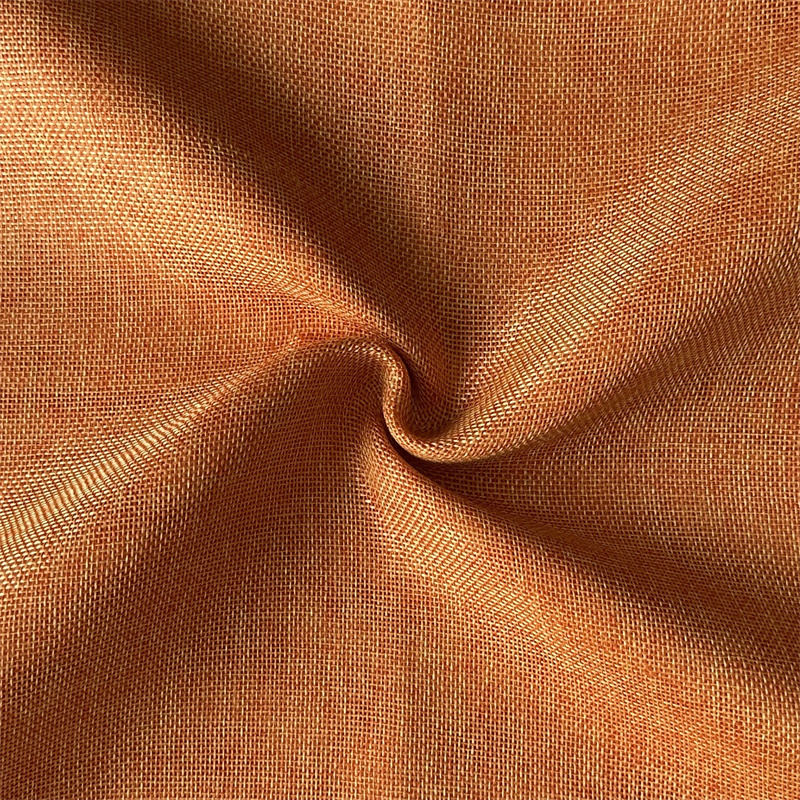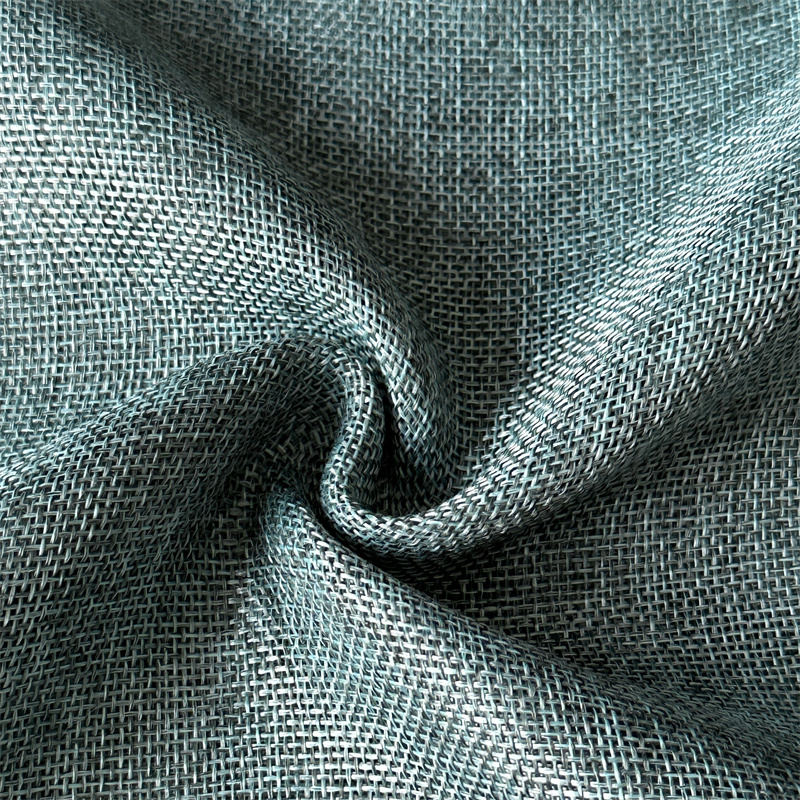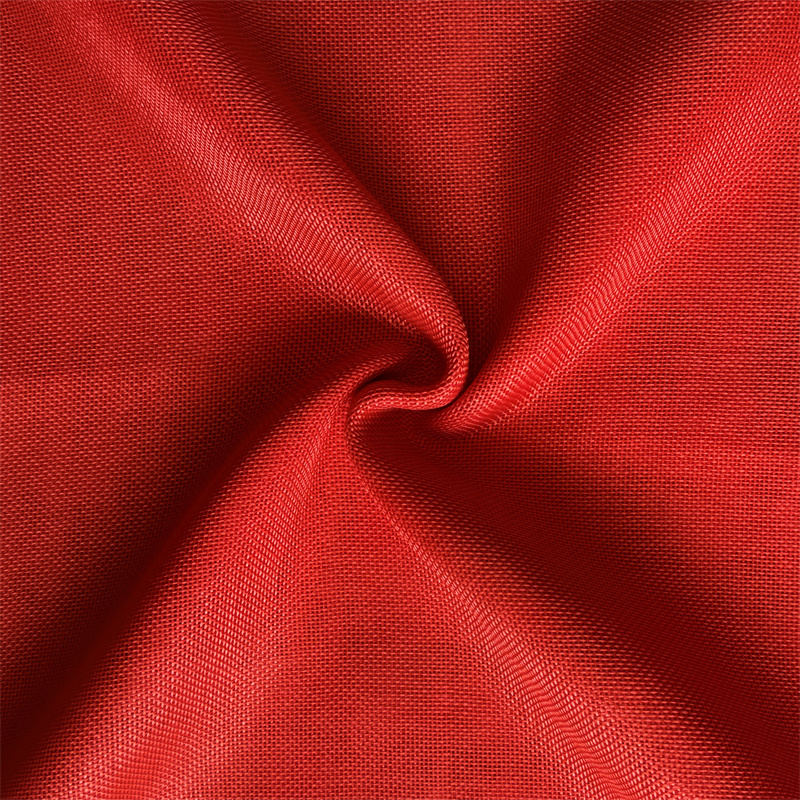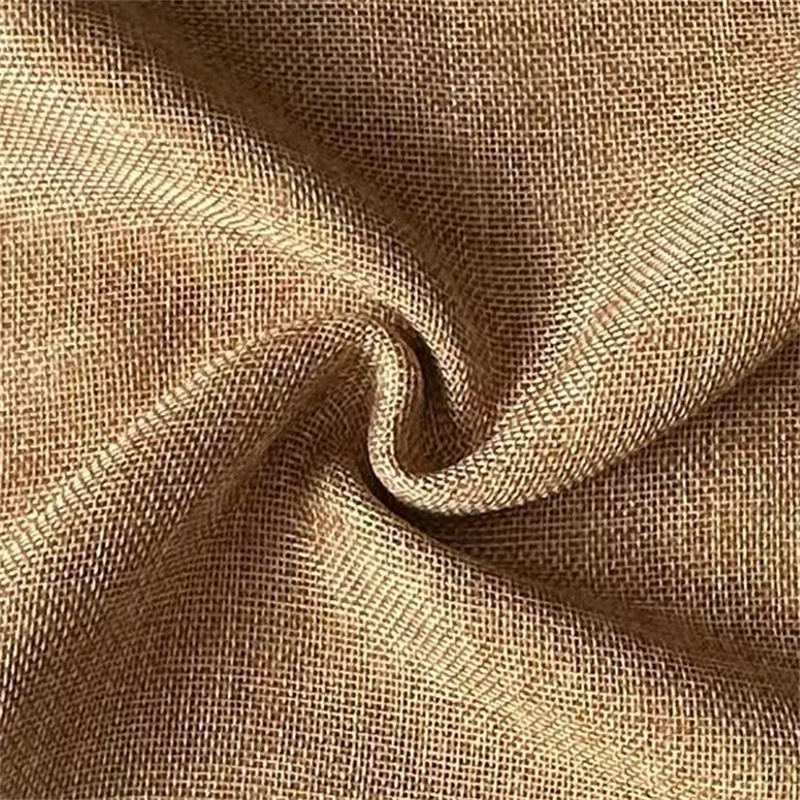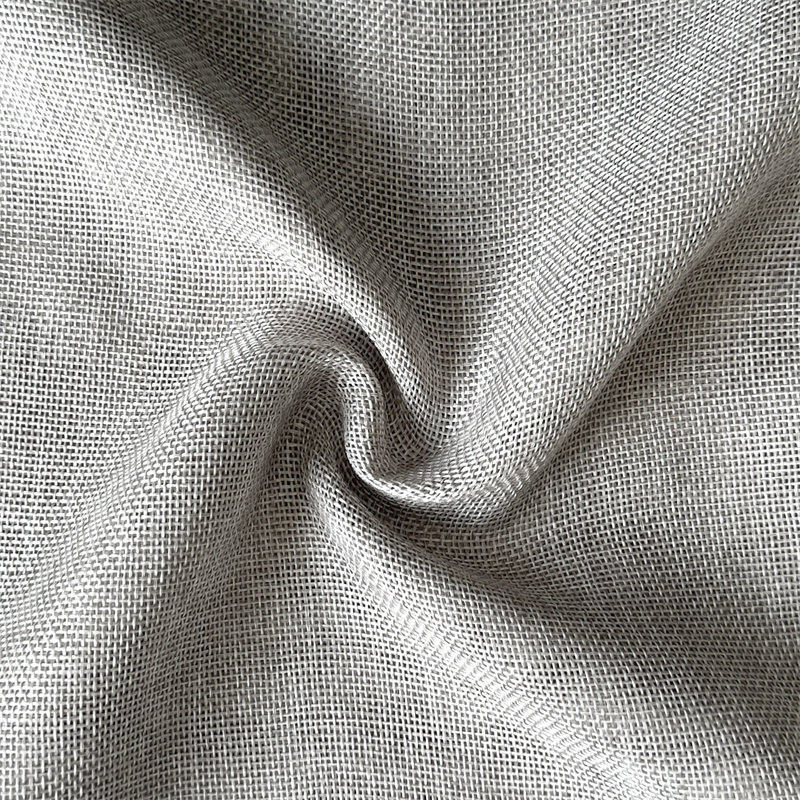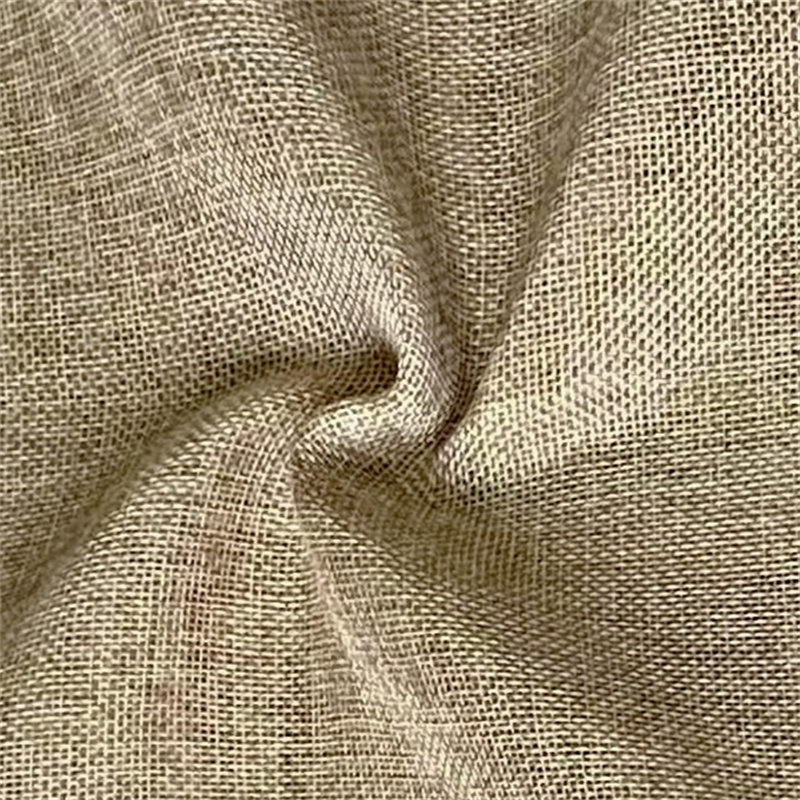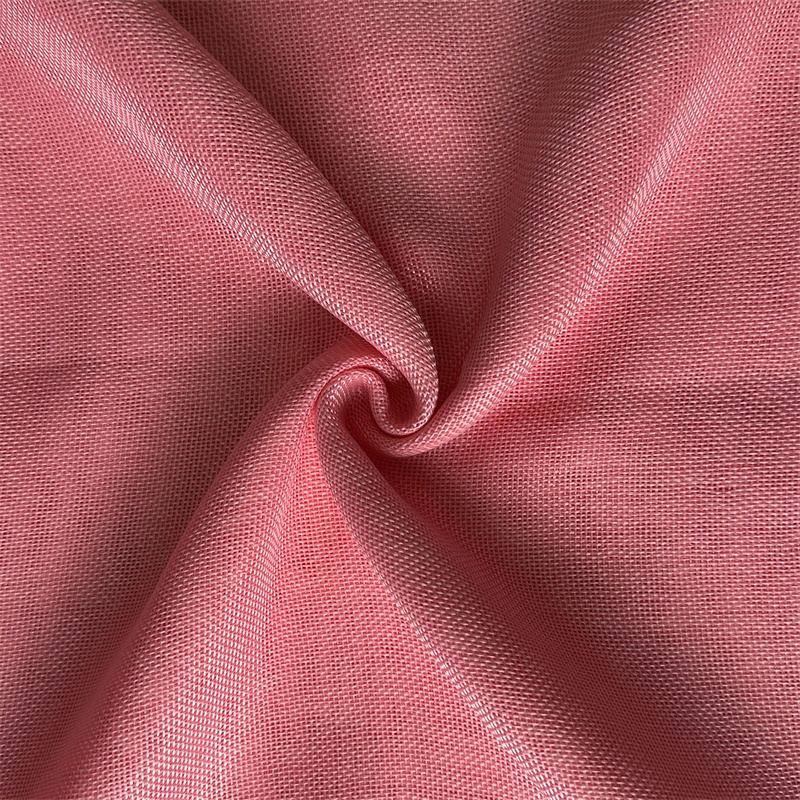Introduction to Imitation Silk Fabric
Imitation silk fabric, also known as artificial silk, is designed to mimic the luxurious appearance and smooth texture of natural silk while being more affordable and versatile. Popular in fashion, home textiles, and accessories, this fabric is favored for its aesthetic appeal and cost-effectiveness. Understanding its durability and maintenance requirements helps consumers maximize its lifespan and maintain its silky appearance without the premium cost associated with genuine silk.
Composition and Properties of Imitation Silk
Imitation silk is typically made from synthetic fibers such as polyester, nylon, or rayon. These fibers are engineered to replicate the luster, smoothness, and drape of real silk. Polyester imitation silk is highly durable, resistant to stretching and shrinking, and offers excellent color retention. Rayon variants provide a softer feel and breathability but require more careful handling. Overall, imitation silk balances elegance with practical usability, making it suitable for everyday garments and decorative textiles.
Mechanical Strength and Wear Resistance
The synthetic fibers used in imitation silk provide enhanced mechanical strength compared to natural silk. This makes it more resistant to tearing and abrasion during regular wear. Fabrics with a higher thread density or tighter weave exhibit increased durability and longer lifespan, especially in garments subjected to frequent movement or friction, such as blouses, scarves, and home curtains.

Ease of Care for Imitation Silk
One of the major advantages of imitation silk is its user-friendly maintenance. Unlike natural silk, which often requires dry cleaning or delicate hand washing, most imitation silk fabrics can be machine-washed on gentle cycles with cold water. They are less prone to shrinking, wrinkling, or losing shape. Additionally, synthetic fibers resist water damage, making stain removal more manageable and reducing the likelihood of permanent marks.
Washing and Drying Tips
- Use cold water and mild detergents to prevent fiber weakening and color fading.
- Place delicate items in mesh laundry bags to protect the fabric during machine washing.
- Avoid wringing the fabric; gently squeeze out excess water to maintain shape.
- Air-dry on flat surfaces or hang in shaded areas to prevent direct sunlight damage.
Ironing and Heat Resistance
Imitation silk is heat-sensitive, and excessive temperatures can cause melting, shine loss, or fiber distortion. Use a low-temperature iron or a steam setting for wrinkle removal. For added protection, place a thin cotton cloth between the iron and the fabric surface. Some polyester-based imitation silks also respond well to vertical steaming, which smooths creases without direct contact.
Stain Resistance and Maintenance
Imitation silk’s synthetic fibers naturally repel water-based stains better than natural silk. For common household spills such as beverages, cosmetics, or cooking liquids, immediate blotting with a soft cloth usually prevents permanent staining. Oil-based stains may require specialized cleaners or gentle spot treatments. Regular light washing prevents buildup of dirt and perspiration, preserving both appearance and fiber integrity.
Recommended Cleaning Products
- Mild liquid detergents formulated for delicate fabrics.
- Non-chlorine bleach for white or light-colored fabrics if necessary.
- Fabric softeners sparingly, as excessive use may reduce sheen.
- Spot stain removers designed for synthetic textiles.
Durability Comparison: Imitation Silk vs. Natural Silk
While natural silk has a luxurious texture and high aesthetic value, it is delicate and prone to tearing, water spots, and color fading. In contrast, imitation silk offers comparable appearance with significantly enhanced durability and easier maintenance. Polyester-based imitation silk can withstand repeated washing and daily wear without losing shape or luster, making it ideal for garments that require frequent use, such as blouses, scarves, and dresses.
| Property | Natural Silk | Imitation Silk |
| Durability | Moderate; prone to tearing | High; resistant to wear and abrasion |
| Care | Dry clean or hand wash | Machine washable on gentle cycles |
| Color Retention | Moderate; may fade over time | High; maintains color after multiple washes |
Long-Term Care and Storage
Proper storage prolongs the lifespan of imitation silk fabrics. Keep garments in cool, dry environments away from direct sunlight. Avoid hanging heavy garments on thin hangers to prevent shoulder stretching. Folded storage in breathable cotton bags or drawers is recommended for delicate items. Periodic airing helps prevent odor accumulation and fabric stiffness.
Preventing Damage During Storage
- Keep away from rough surfaces that may cause snags or pulls.
- Do not place in areas prone to moisture buildup to avoid mildew.
- Avoid storing near chemicals or perfumes that can discolor or degrade fibers.
Conclusion: combining beauty with practicality
Imitation silk fabric successfully combines the elegant look of natural silk with the durability and convenience of synthetic fibers. Its high resistance to wear, ease of washing, color retention, and compatibility with modern garment construction make it an ideal choice for fashion and home textiles. By following proper care instructions — washing with mild detergents, using gentle ironing or steaming, and storing correctly — consumers can enjoy the luxurious feel of imitation silk while benefiting from a long-lasting, practical fabric solution.


 中文简体
中文简体 Español
Español